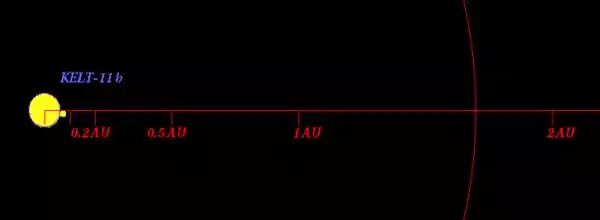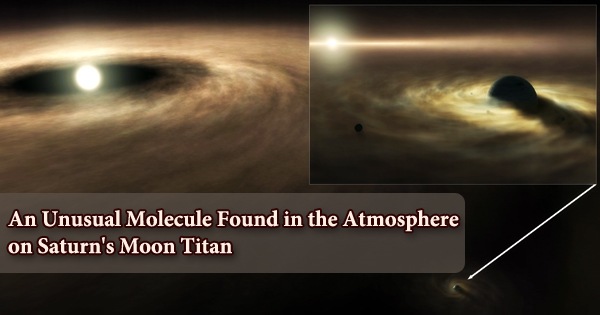KELT-11 is a 320 light-year distant subgiant yellow star that is slightly colder and three times larger than our Sun. It is home to KELT-11b, a puffy gaseous planet roughly 30% larger than Jupiter on an orbit much closer to the star than Mercury is to the Sun.
The star KELT-11 is approximately 324.3 light-years (99.4 pc) from our Solar System. KELT-11 has an apparent magnitude of 8.0 and an absolute magnitude of 3.0. It is 1.4 times more massive and 2.7 times larger than our Sun. The surface temperature is 5370 degrees Celsius, with G8 spectral types.
KELT-11 is extraordinarily bright, allowing for exact measurements of the planet’s atmosphere parameters and making it a “ideal testbed for analyzing the atmospheres of other planets.” The host star, also known as HD 93396, has begun to deplete its nuclear fuel and is turning into a red giant, which means the planet will be devoured by the star and will not survive the next hundred million years.
Extrasolar Planets: 1. Name of the 1 Planet KELT-11 b radius 1.300000 mass 0.195000 orbital distance 0.062290 KELT-11b was discovered by the Kilodegree Extremely Little Telescope (KELT) survey and is documented in a research published in the Astronomical Journal.

The gas giant exoplanet KELT-11 b orbits a G-type star. It has a mass of 0.171 Jupiters, takes 4.7 days to complete one orbit around its star, and is 0.06229 AU away from it. It was discovered in 2017 and was announced.
The planet is the third-lowest density exoplanet identified with a precisely calculated mass and radius. KELT-11b is one of the most inflated planets known, with an unusually enormous atmospheric scale height (1,717 miles or 2,763 km) and a 5.6 percent associated size of the expected atmospheric transmission signal. These characteristics make the KELT-11 system a promising subject for further investigation and atmosphere characterisation, and it has the potential to become one of the benchmark systems for the study of inflated exoplanets.
The ESA’s CHEOPS mission observed a transit of KELT-11b in front of its host star during its in-orbit commissioning. The light curve of this star exhibits a definite dip created by KELT-11b’s eight-hour transit, allowing scientists to measure the planet’s diameter with great precision: 181 600 km – with an uncertainty of just under 4300 km.















